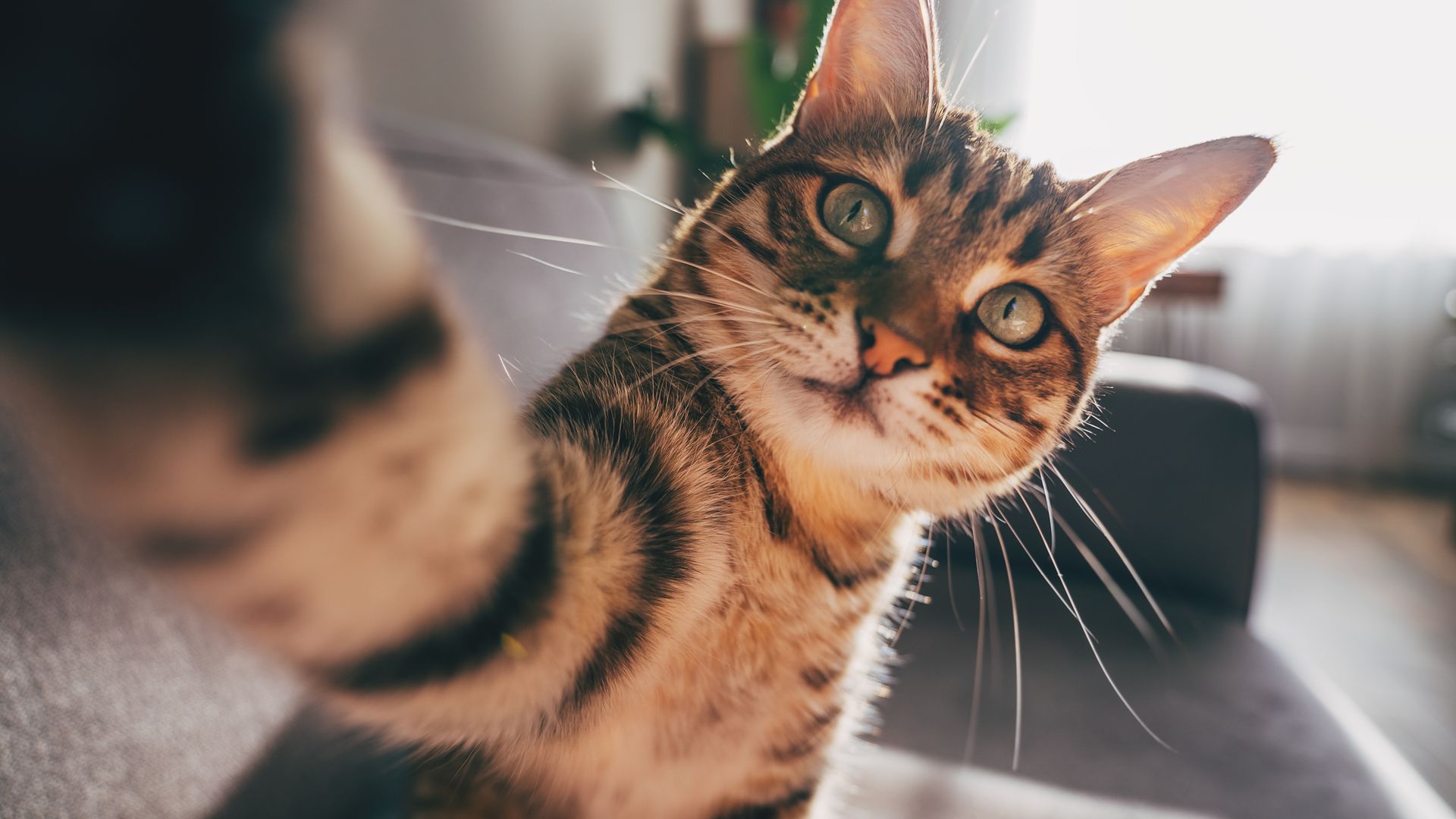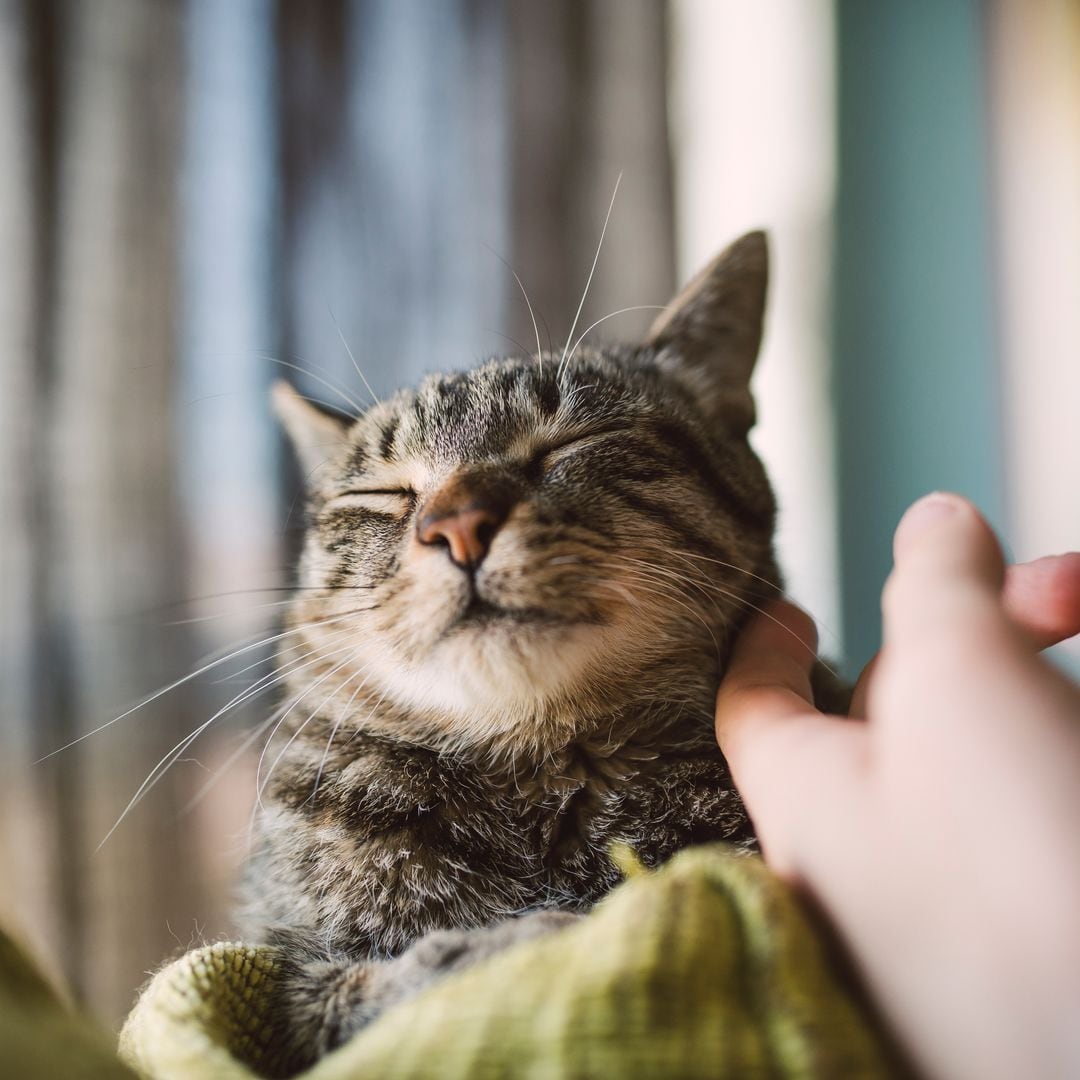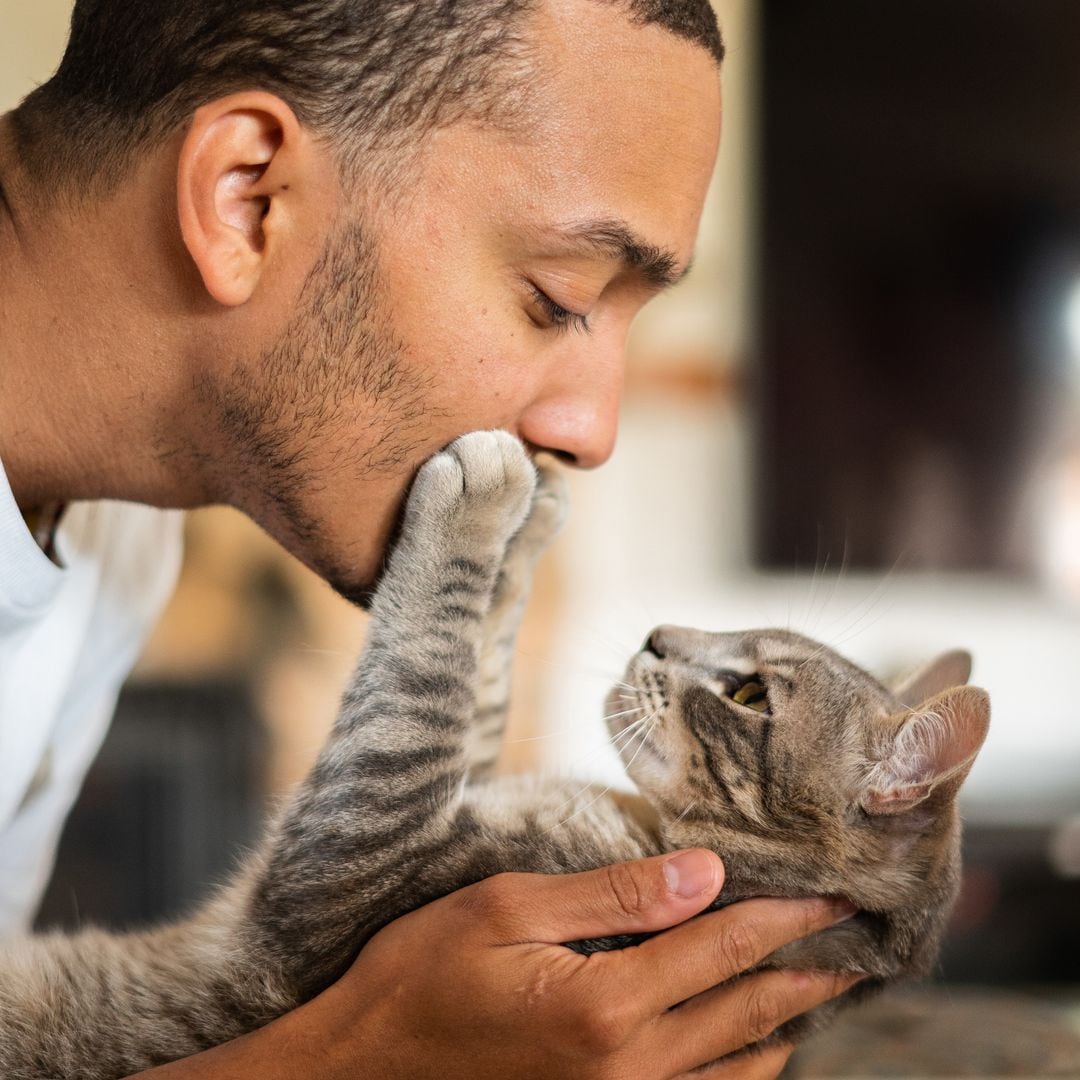If you’re a cat lover, chances are you adore hugging and petting your furry friend. The problem? Many times, we unintentionally do it wrong. While cats can't let us know, feline behavior experts have long warned that certain gestures we think are affectionate can actually be irritating. Not all cats enjoy the same kind of touch, and learning to read their signals can make the difference between a happy purr and a scratchy swipe.
Lauren Finka, a feline behavior researcher at Nottingham Trent University, explains that cats are not naturally social or tactile animals like dogs. Some may tolerate or even seek petting in specific situations, often because they associate it with food or care, but that doesn’t mean they enjoy every type of contact.
Where Not to Pet
Areas such as the base of the tail, the lower back, and especially the belly are often highly sensitive. Studies show that repeated petting at the tail base, in particular, can create stress and discomfort for cats. These zones may trigger defensive reactions, even in otherwise affectionate animals.
The Right Way to Pet Your Cat
Finka suggests following the simple acronym C-A-T:
- C – Choice: Let your cat choose. Offer your hand and allow them to approach if they want contact.
- A – Attention: Pay attention to their body language. Flattened ears, turning the head toward your hand, a tense, flicking tail, nose licking, or suddenly stopping purring or rubbing are all signals of “enough.”
- T – Touch: Focus on safe areas like the cheeks, the base of the ears, and under the chin. These are generally “yes” zones.
Another tip: build in pauses. Pet your cat for a few seconds, then stop. If they lean in, purr, or rub against you, continue. If not, it’s time to respect their space.
The belly, in most cases, should remain off-limits. It’s a vulnerable area that often triggers a defensive instinct. The same goes for the lower back near the tail; some cats may tolerate it occasionally, but it’s not an ideal daily practice.
Love, Respect, and Empathy
Petting a cat isn’t just about showing affection; it’s about respect, observation, and empathy. By giving your cat a choice, recognizing their signals, and focusing on the areas they actually enjoy, you transform cuddles into a moment of genuine pleasure, rather than something they endure out of habit, love, or expectation of food.







